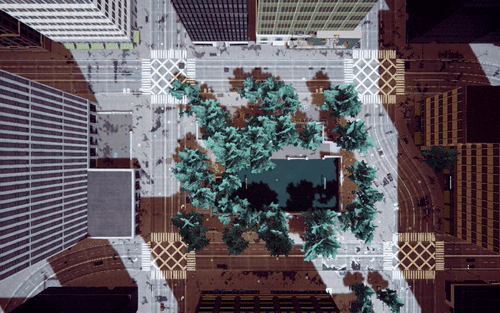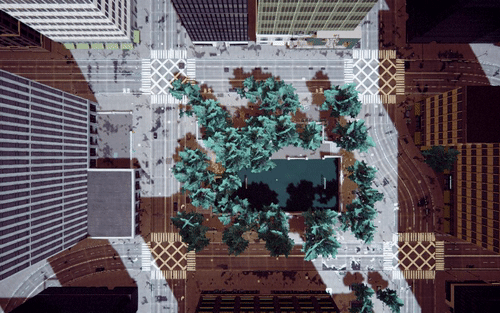CausalCity: Complex Simulations with Agency for Causal Discovery and Reasoning
|
Anonymous NeurIPS Submission
|
Examples
To illustrate the potential of our simulation environment, we generate data and evaluate state-of-the-art causal reasoning approaches on it. To introduce causal relationships between the vehicles we create "links" (or edges in the causal graph). The edges are defined as a "leader-follower" relationship in which two cars are given the same set of actions but one starts ahead of the other. In each scenario we create pairs (e.g., three pairs of six cars = three edges) of "leader-followers"; in the causal reasoning language, the leader vehicles are the interventions and the follower vehicles are the outcomes; the former causes the latter to move in certain ways. The remaining six vehicles are not causally connected to any other vehicle. This is a sparse graph (only three edges) but that is reasonable as causal relationships in the real life are often sparse.
While we tackle the problem from a bird's eye view - assuming we have access to the positions of all vehicles in the scene our simulation enables flexible recording from any perspective (e.g., third person or first person, static or moving camera).
First person:


